新型城市低碳经济指标评价体系研究—基于环境库兹涅茨曲线假说
摘要于2011年12月11日结束的德班气候大会,通过决议,决定实施《京都议定书》第二期承诺并启动绿色气候基金,虽然几经周折,但最终是雨过天晴,取得了阶段性的成果。国新办最近发布的《中国应对气候变化的政策与行动》白皮书中指出,我国的减排取得了显著成就,完成了“十一五”规划提出的节能目标,在2010年单位GDP耗能比2005年累计下降19.1%,相当于减少二氧化碳排放量为14.6吨以上,可见我国低碳经济的发展取得了初步成效。我国是发展中国家,化石燃料所占的能耗比重较大,能源的主要消耗来自于城市,因此,集中主要精力在城市发展低碳经济,对于我国低碳经济整体的发展至关重要。进入21世纪,我国城市低碳经济...
相关推荐
-
我国基层财政困难的制度成因分析与对策研究VIP免费
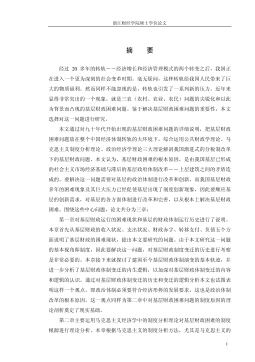
 2024-09-20 33
2024-09-20 33 -
我国煤电产业链纵向交易合约机制研究VIP免费
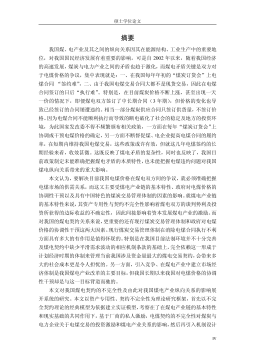
 2024-09-20 27
2024-09-20 27 -
生产要素视角下的上海市产业结构优化研究VIP免费
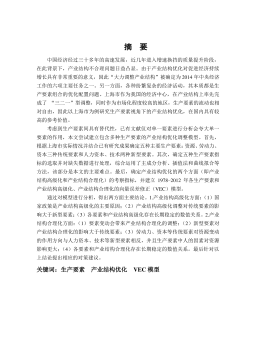
 2025-01-09 7
2025-01-09 7 -
我国银行业结构与经济结构关系研究VIP免费
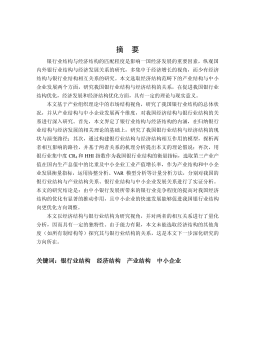
 2025-01-09 7
2025-01-09 7 -
大数据视角下农业供应链金融研究VIP免费

 2025-01-09 6
2025-01-09 6 -
跨国大型综合超市的规划研究VIP免费
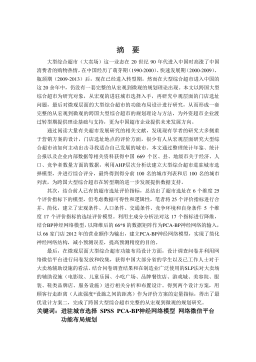
 2025-01-09 6
2025-01-09 6 -
跨境电商农产品质量安全问题研究VIP免费
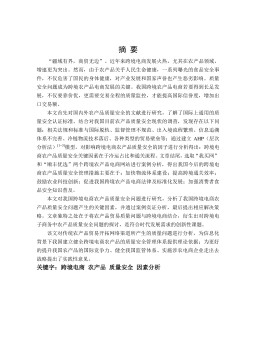
 2025-01-09 7
2025-01-09 7 -
世界市场的虚拟化与我国国际电子商务发展方向研究VIP免费
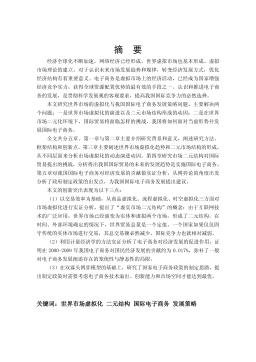
 2025-01-09 9
2025-01-09 9 -
中国政府对电力行业的价格规制问题研究VIP免费
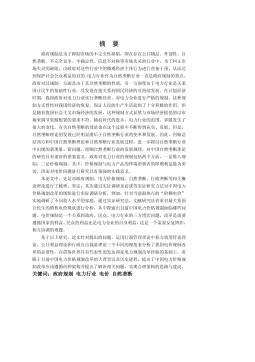
 2025-01-09 13
2025-01-09 13 -
中小企业信息化系统集成技术研究VIP免费

 2025-01-09 13
2025-01-09 13
相关内容
-

跨国大型综合超市的规划研究
分类:高等教育资料
时间:2025-01-09
标签:无
格式:PDF
价格:15 积分
-

跨境电商农产品质量安全问题研究
分类:高等教育资料
时间:2025-01-09
标签:无
格式:PDF
价格:15 积分
-

世界市场的虚拟化与我国国际电子商务发展方向研究
分类:高等教育资料
时间:2025-01-09
标签:无
格式:PDF
价格:15 积分
-

中国政府对电力行业的价格规制问题研究
分类:高等教育资料
时间:2025-01-09
标签:无
格式:PDF
价格:15 积分
-

中小企业信息化系统集成技术研究
分类:高等教育资料
时间:2025-01-09
标签:无
格式:PDF
价格:15 积分





